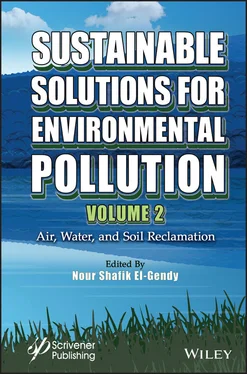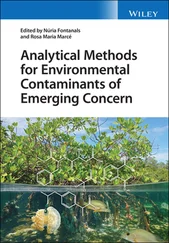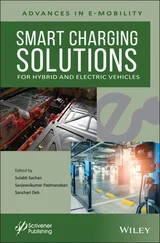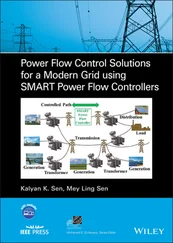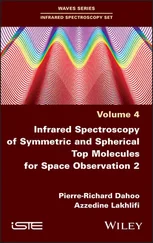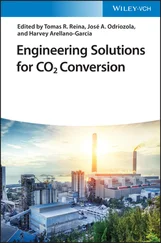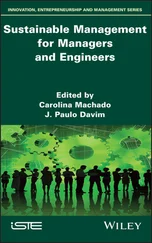CWs provide a more natural alternative to chemical-based methods in water treatment and are also more feasible in terms of cost. Based on available literature on wetlands and case studies conducted, CWs have great potential in terms of passive water treatment. However, it must be noted that the outcomes in CWs vary greatly and cannot always be predicted due to the large number of factors that are associated with wetland design and upkeep. Management of remediation approaches and a desired effect target facilitate effective wetland design and execution. In projection of wetland remediation treatments, the time factor plays a vital role as funds for upkeep or replenishment of substrates are important in maintaining the success of a wetland.
The natural buffering capacity is an asset for adaptation to climate change, the effect of which will change the temporality of the flows of water and associated substances. This characteristic of natural systems needs to be well identified for each NBS in order to ensure management of the water resource and its extremes. Similarly, the choice of locations for NBS must take advantage of the existence of metabolic hot spots. Applied research is now investing in these different issues through international and national demonstration projects.
The social acceptance is another concern which needs to be considered when implementing NBS. The sustainability of the system depends to a great extent on the acceptance of stakeholders. They must be convinced by the impact and the benefits of implementing the NBS compared to conventional methods. They also need to be aware and trained on how to maintain and improve it if necessary.
The authors thank the French Research Agency (projects ANR-10-ECOT-007 EPEC and ANR-14-OHRI-0016 El Hamico ), Campus-France (PHC Imhotep Mareoti 3785QA), the AZHUREV Project (Ministry for the Ecological Transition (France), Seine-Normandy Water Agency, Grand-Reims), the European Union’s Horizon 2020 Research and Innovation Programme (agreement no. 689162: AfriAlliance Action Group, SoWat project; LIFE 18 IPC-FR-000007-LIFE IP ARTISAN project and Water JPI Joint Call/ANR-18-WTW7-0005-04 ATENAS project), the LTSER-France network and the EcoHydrology group from UNESCO-IHP programme ( http://ecohydrology-ihp.org/demosites/), and the Rhône-Méditerranée-Corse Water Agency, RIZHU project (AAP 722 2017 014 0SB), for their scientific and financial support.
Abbas, S.H., Ismail, I.M., Mostafa, T.M., Sulaymon, A.H., Biosorption of heavy metals: a review. J. Chem. Sci. Technol. , 3, 4, 74–102, 2014.
Abdi, O., Kazemi, M., A review study of biosorption of heavy metals and comparison between different biosorbents. J. Mater. Environ. Sci. , 6, 5, 1386–1399, 2015.
Afzal, M., Arslan, M., Müller, J.A., Shabir, G., Islam, E., Tahseen, R., Anwarul-Haq, M., Hashmat, A.J., Iqbal, S., Khan, Q.M., Floating treatment wetlands as a suitable option for large-scale wastewater treatment. Nat. Sustain. , 2, 9, 863–871, 2019, doi: 10.1038/s41893-019-0350-y.
Ahmad, S.S., Reshi, Z.A., Shah, M.A., Rashid, I., Ara, R., Andrabi, S.M.A., Heavy metal accumulation in the leaves of Potamogeton natans and Ceratophyllum demersum in a Himalayan RAMSAR site: management implications. Wetl. Ecol. Manage. , 24, 4, 469–475, 2016, doi: 10.1007/s11273-015-9472-9.
Ali, S., Abbas, Z., Rizwan, M., Zaheer, I.E., Yava, I., Unay, A., Abdel-Daim, M.M., Bin-Jumah, M., Hasanuzzaman, M., Kalderis, D., Application of floating aquatic plants in phytoremediation of heavy metals polluted water: a review. Sustain. , 12, 5, 1927, 2020, doi: 10.3390/su12051927.
Amer, R.A., Mapelli, F., El Gendi, H.M., Barbato, M., Goda, D.A., Corsini, A., Cavalca, L., Fusi, M., Borin, S., Daffonchio, D., Abdel-Fattah, Y.R., Bacterial diversity and bioremediation potential of the highly contaminated marine sediments at El-Max District (Egypt, Mediterranean Sea). BioMed. Res. Int. , 2015, 981829, 2015, doi: 10.1155/2015/981829.
An, J., Lee, S.J., Ng, H.Y., Chang, I.S., Determination of effects of turbulence flow in a cathode environment on electricity generation using a tidal mud-based cylindrical-type sediment microbial fuel cell. J. Environ. Manage. , 91, 12, 2478–2482, 2010, doi: 10.1016/j.jenvman.2010.06.022.
Andresen, E., Opitz, J., Thomas, G., Stärk, H.-J., Dienemann, H., Jenemann, K., Dickinson, B.C., Küpper, H., Effects of Cd & Ni toxicity to Ceratophyllum demersum under environmentally relevant conditions in soft & hard water including a German lake. Aquat. Toxicol. , 142–143, 387–402, 2013, doi: 10.1016/j.aquatox.2013.09.016.
Ansari, A.A., Naeem, M., Gill, S.S., Al Zuaibr, F.M., Phytoremediation of contaminated waters: An eco-friendly technology based on aquatic macrophytes application. Egypt. J. Aquati. Res., 46, 4, 371–376, 2020, doi: 10.1016/j. ejar.2020.03.002
Arends, J.B.A., Speeckaert, J., Blondeel, E., De Vrieze, J., Boeckx, P., Verstraete, W., Rabaey, K., Boon, N., Greenhouse gas emissions from rice microcosms amended with a plant microbial fuel cell. Appl. Microbiol. Biotechnol. , 98, 7, 3205–3217, 2014, doi: 10.1007/s00253-013-5328-5.
Arslan, M., Imran, A., Khan, Q.M., Afzal, M., Plant–bacteria partnerships for the remediation of persistent organic pollutants. Environ. Sci. Pollut. Res. , 24, 5, 4322–4336, 2017, doi: 10.1007/s11356-015-4935-3.
Arthaud, F., Vallod, D., Robin, J., Bornette, G., Eutrophication and drought disturbance shape functional diversity and life-history traits of aquatic plants in shallow lakes. Aquat. Sci. , 74, 3, 471–481, 2012, doi: 10.1007/s00027-011-0241-4.
Arthaud, F., Vallod, D., Robin, J., Wezel, A., Bornette, G., Short-term succession of aquatic plant species richness along ecosystem productivity and dispersal gradients in shallow lakes. J. Veg. Sci. , 24, 1, 148–156, 2013, doi: 10.1111/j.1654-1103.2012.01436.x.
Asaeda, T., Karunaratne, S., Dynamic modeling of the growth of Phragmites australis : model description. Aquat. Bot. , 67, 4, 301–318, 2000, doi: 10.1016/ S0304-3770(00)00095-4.
Asaeda, T., Nam, L.H., Hietz, P., Tanaka, N., Karunaratne, S., Seasonal fluctuations in live and dead biomass of Phragmites australis as described by a growth and decomposition model: implications of duration of aerobic conditions for litter mineralization and sedimentation. Aqu. Bot. , 73, 3, 223–239, 2002, doi: 10.1016/S0304-3770(02)00027-X.
Aucour, A.M., Bariac, T., Breil, P., Namour, P., Schmitt, L., Gnouma, R., Zuddas, P., Nitrogen patterns in subsurface waters of the Yzeron stream: effect of combined sewer overflows and subsurface-surface water mixing. Water Sci. Technol. , 68, 12, 2632–2637, 2013, doi: 10.2166/wst.2013.531.
Auderset Joye, D. and Boissezon, A., New insights into the ecology and phenology of two Characeae: N. opaca (Bruzelius) C. Agardh and N. gracilis (Sm.) C. Agardh. Bot. Lett. , 165, 1, 91–102, 2017, doi: 10.1080/23818107.2017.1365259.
Aulenta, F., Canosa, A., Reale, P., Rossetti, S., Panero, S., Majone, M., Microbial reductive dechlorination of trichloroethene to ethene with electrodes serving as electron donors without the external addition of redox mediators. Biotechnol. Bioeng. , 103, 1, 85–91, 2009, doi: 10.1002/bit.22234.
Aulenta, F., Tocca, L., Verdini, R., Reale, P., Majone, M., Dechlorination of trichloroethene in a continuous-flow bioelectrochemical reactor: effect of cathode potential on rate, selectivity, and electron transfer mechanisms. Environ. Sci. Technol. , 45, 19, 8444–8451, 2011, doi: 10.1021/es202262y.
Читать дальше
